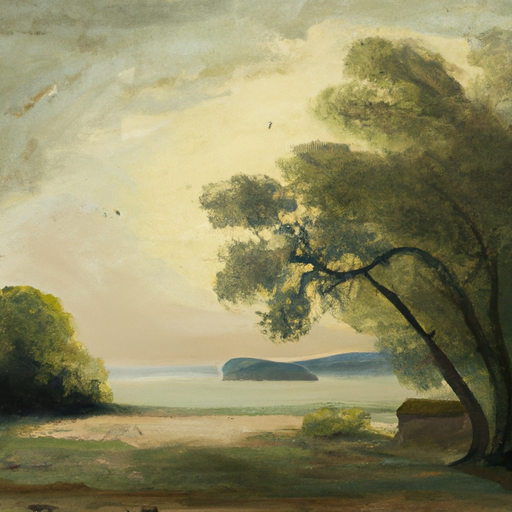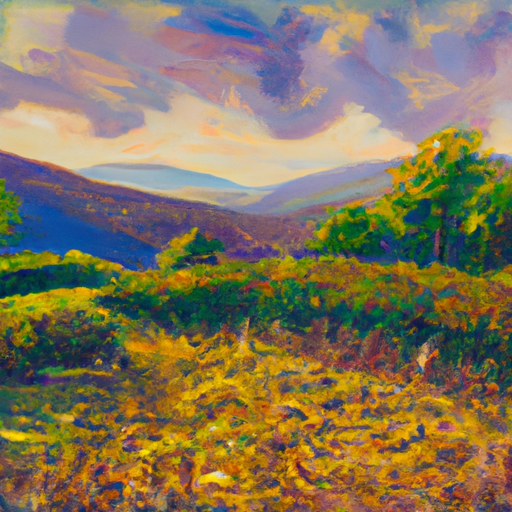ArtLover123
I never realized how much landscape painting techniques have evolved over time. This article was enlightening!

In the classical era, landscape painting was often used as a backdrop for historical or mythological scenes. Artists focused on creating idealized and picturesque landscapes, using techniques such as sfumato to create a sense of depth and atmosphere.
During the 19th century, the rise of realism brought a new approach to landscape painting. Artists like John Constable and J.M.W. Turner broke away from idealized depictions and instead focused on capturing the natural world with accuracy and emotion.
The Impressionist movement of the 19th century revolutionized landscape painting with its emphasis on capturing the fleeting effects of light and color. Artists like Claude Monet and Camille Pissarro popularized the practice of painting en plein air, or outdoors, to capture the changing landscape in real time.
In the 20th and 21st centuries, landscape painting techniques have continued to evolve with the advent of new technologies and artistic movements. Artists today experiment with a wide range of mediums, styles, and approaches to create innovative and thought-provoking landscapes.
As technology advances and the art world evolves, the future of landscape painting techniques is open to endless possibilities. Artists will continue to push boundaries, blending traditional methods with contemporary influences to create landscapes that resonate with audiences around the world.

| Time Period | Key Artists | Techniques Used |
|---|---|---|
| Classical Era | Claude Lorrain, Nicolas Poussin | Sfumato, idealized landscapes |
| 19th Century Realism | John Constable, J.M.W. Turner | Accurate depiction of nature, emotional resonance |
| Impressionism | Claude Monet, Camille Pissarro | En plein air painting, emphasis on light and color |
| Modern & Contemporary | David Hockney, Anselm Kiefer | Experimentation with mediums, styles, and approaches |
The evolution of landscape painting techniques reflects not only the changing artistic trends but also the evolving relationship between artists and the natural world. By studying the history of landscape painting, we gain a deeper appreciation for the ways in which artists have interpreted and immortalized the beauty of nature throughout the centuries.
ArtLover123
I never realized how much landscape painting techniques have evolved over time. This article was enlightening!
NatureEnthusiast
As someone who loves nature, it's fascinating to see how artists have interpreted landscapes throughout history.
HistoryBuff99
I appreciate the detailed exploration of different art movements and their impact on landscape painting techniques.
ArtStudent22
This article has inspired me to experiment with different techniques in my own landscape paintings.
PaintingEnthusiast
I thoroughly enjoyed reading about the evolution of landscape painting techniques. The connections between different time periods were well explained.
|
|
Thành Công is an art historian specializing in the evolution of landscape painting techniques. With a deep passion for art history and a keen eye for detail, Thành has dedicated his career to researching and analyzing the development of landscape painting styles over time. |